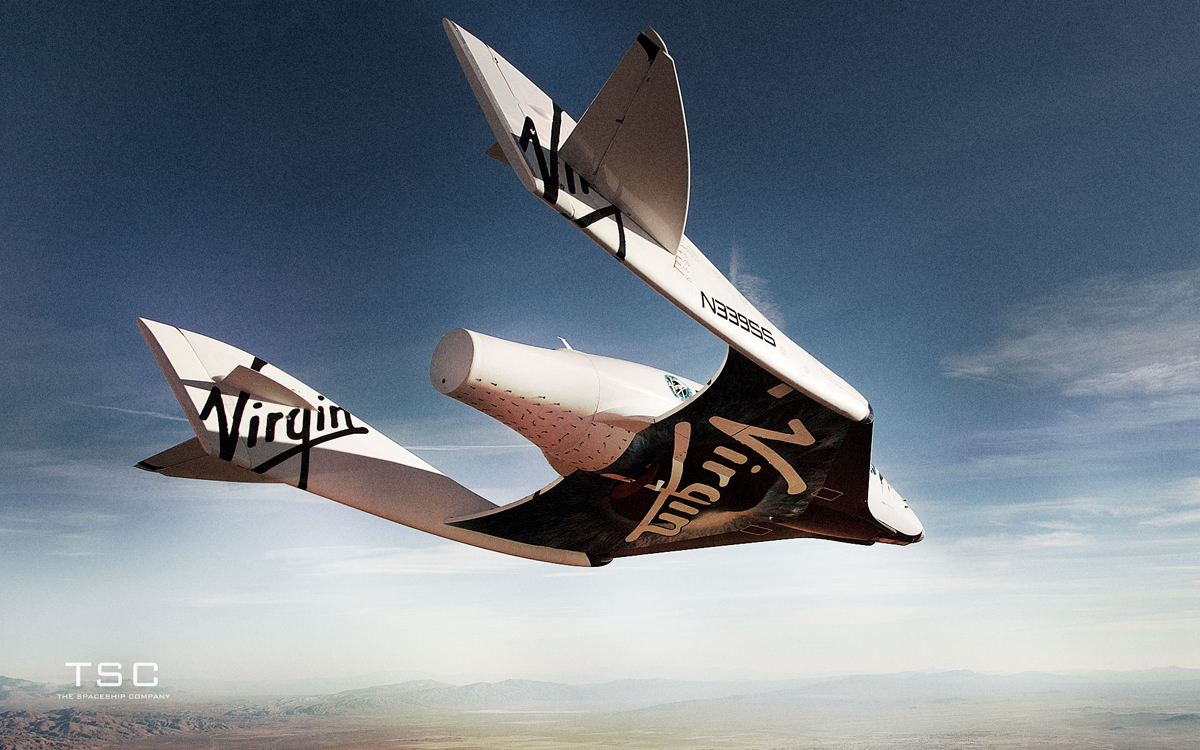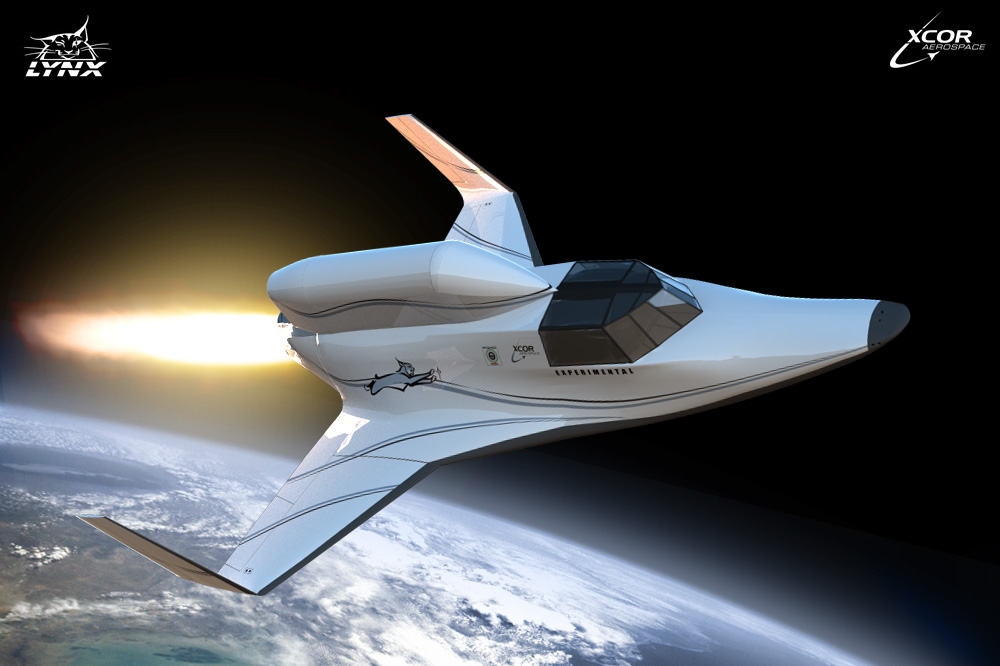
The first generation of commercial suborbital spaceships is about to come online, but it'll take a while to determine if these vehicles have the right stuff, a prominent voice within the industry cautions.
Several different firms, including Virgin Galactic and XCOR Aerospace, may begin launching paying customers to suborbital space within the next year or two. But even if the first several dozen — or several hundred — flights go perfectly, company officials can't exactly declare victory, XCOR president Jeff Greason said.
"We're going to need thousands of flights to find out whether we have achieved the levels of reliability and reusability that are economically interesting for this industry to become a real transportation sector of the economy," Greason said last month during a presentation at the 2012 Next-Generation Suborbital Researchers Conference in Palo Alto, Calif.
Momentum building
Private suborbital spaceflight companies aim to launch people and payloads — such as scientific experiments — to the edge of space, about 62 miles (100 kilometers) above Earth. The flights will experience a few minutes of weightlessness, then re-enter the atmosphere and land back at a spaceport without completing a full lap around our planet.
The nascent industry has been building momentum recently. Virgin Galactic, for example, has taken deposits from nearly 500 customers willing to pay $200,000 for a seat aboard the company's six-passenger SpaceShipTwo vehicle. The firm has also inked deals to fly scientists and their experiments on research missions, as has XCOR.
SpaceShipTwo has already undergone 16 unpowered glide flights, in which the craft is dropped from its huge mothership high up in Earth's atmosphere and steered to a runway landing by a pilot. Virgin officials say they hope to begin rocket-powered flight tests of SpaceShipTwo later this year, with commercial operations perhaps starting in 2013 or 2014. [SpaceShipTwo's First Solo Glide Flight]
Breaking space news, the latest updates on rocket launches, skywatching events and more!
XCOR officials, for their part, have said that the firm's two-seat Lynx vehicle could be in flight-test operations by the end of 2012. And several other companies, such as Blue Origin and Armadillo Aerospace, are developing their own reusable customer-carrying suborbital spacecraft as well.

Taking the long view
In his presentation, Greason wasn't trying to dampen enthusiasm about private suborbital spaceflight. Far from it; he views the enterprise as a transformative industry, one that should enable the exploration and exploitation of space on an unprecedented scale.
"I really believe this is the engine that's going to finally break the logjam that has kept us, for most of my adult lifetime, wondering how come more interesting things aren't happening in space," Greason said.
But his words served as a reminder that spaceflight is a difficult and expensive proposition, and that making it work commercially over the long haul will require a lot of patience and flying time.
"Whether it be suborbital or not, a fairly large database of flights is going to be required before economically effective reuse is achieved," Greason said.
You can follow SPACE.com senior writer Mike Wall on Twitter: @michaeldwall. Follow SPACE.com for the latest in space science and exploration news on Twitter @Spacedotcom and on Facebook.
Join our Space Forums to keep talking space on the latest missions, night sky and more! And if you have a news tip, correction or comment, let us know at: community@space.com.

Michael Wall is a Senior Space Writer with Space.com and joined the team in 2010. He primarily covers exoplanets, spaceflight and military space, but has been known to dabble in the space art beat. His book about the search for alien life, "Out There," was published on Nov. 13, 2018. Before becoming a science writer, Michael worked as a herpetologist and wildlife biologist. He has a Ph.D. in evolutionary biology from the University of Sydney, Australia, a bachelor's degree from the University of Arizona, and a graduate certificate in science writing from the University of California, Santa Cruz. To find out what his latest project is, you can follow Michael on Twitter.
